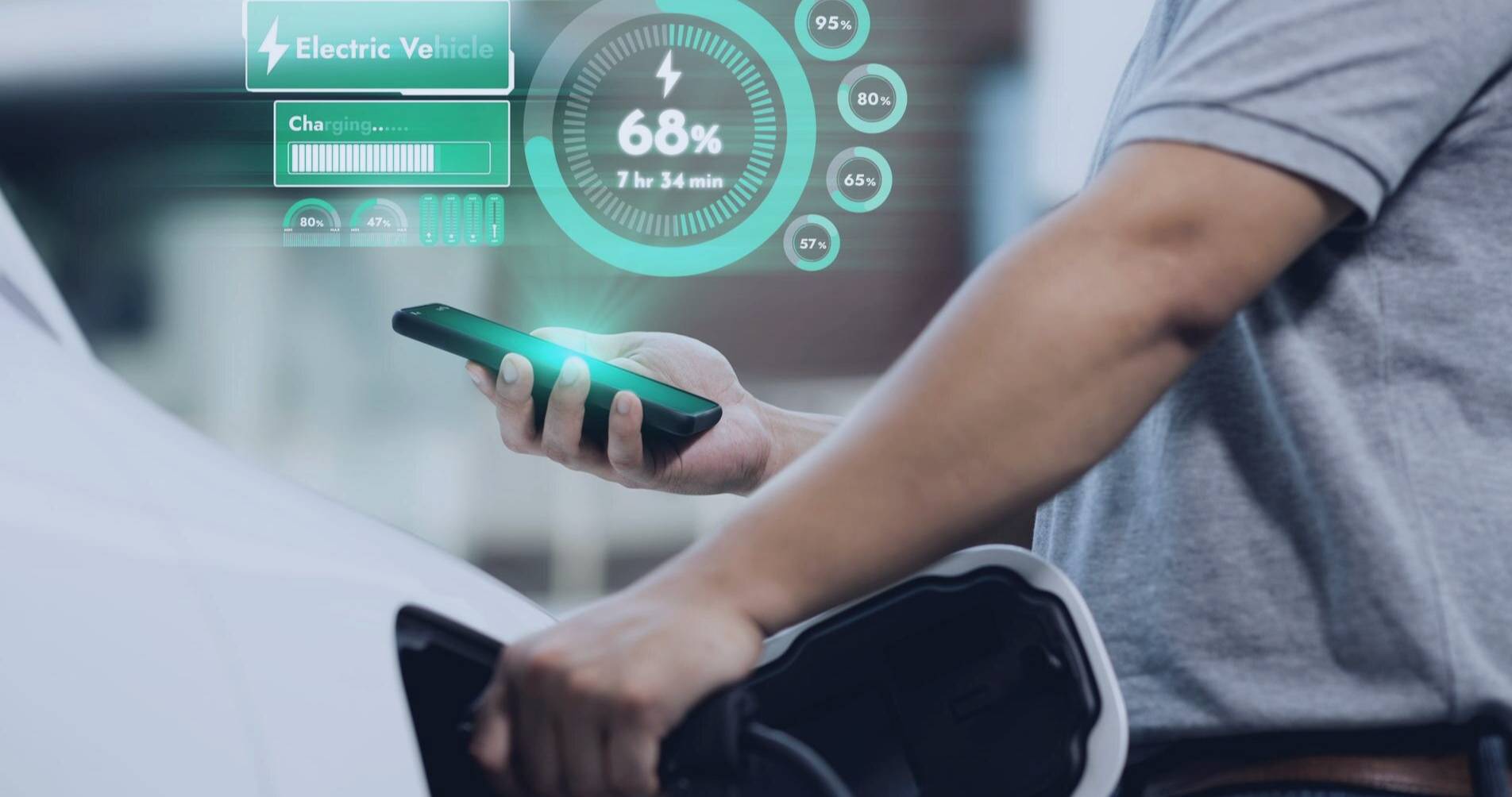

How Businesses Can Prepare for EV Fleets
Learn how to prepare for an EV fleet with expert tips on vehicle selection, charging management, and maximizing efficiency with AmpUp.

Electric vehicles (EVs) are the future, and fleets are seeking ways to transition to electric as soon as possible. According to McKinsey, commercial and passenger fleets in the United States could include as many as eight million EVs by 2030, which would amount to between 10 and 15 percent of all fleet vehicles.However, they present a unique problem to fleet owners and operators looking to capture the same goals of safety and efficiency as they do today with gasoline vehicles. This is where EV charging management solutions come into play. With electricity at the center of fuel management, electric fleets need to achieve:
- Clear visibility into charging status, vehicle prioritization, and issue monitoring
- Frictionless plug and charge experience for your average fleet driver
- Intelligent and automated charging management to keep your fleet charged and moving
- Energy optimization for maximum cost savings and a quicker ROI
What types of vehicles can fit into my EV fleet?
Before we explore what types of vehicles fit into an EV fleet, we need to ask what is an EV fleet? An EV fleet is a group of electric vehicles typically used by a business or community to serve the transportation needs. The type of electric vehicles in an EV fleet depends on the business needs and supporting charging infrastructure. All-electric vehicles (or BEVs) are emerging as the popular choice for fleets to future-proof their business and reduce maintenance costs. In 2021, major automobile manufacturers General Motors, Ford, Tesla, Hyundai, and others announced all-electric trims of popular models for delivery in 2022-2023. New entrants such as Rivian, SEA Electric, and Blue Bird have also started production on fleet-specific vehicles like BEV trucks and buses. Depending on your business needs, your electric vehicle fleet might consist of:
Light-Duty Electric Vehicles (LDEV):
Sedans and SUVs typically represent the majority of LDEVs. They are used by ride-sharing and car-hailing companies (Uber, Lyft) and municipalities, since these organizations benefit the most from owning electric vehicles in their fleet.
Medium-Duty Electric Vehicles (MDEV):
Medium-Duty Electric Vehicles are vehicles designed for short-haul trips and deliveries. This includes Electric Delivery Vans (EDV), such as the Rivian and GM BrightDrop van models, which are great examples of logistics companies finding ways to decarbonize and lower operating costs.
Heavy-Duty Electric Vehicles (HDEV):
A heavy-duty electric vehicle, or HDEV, is a type of electric vehicle designed for commercial and industrial use. These EVs are for large deliveries and public transit, such as electric trucks and buses. Some of the most popular on the market are the Blue Bird Bus (in place of a traditional school bus), and the Proterra Bus used by cities for public transportation.
How do I plan for an EV fleet?
An EV fleet is a growing trend for businesses and, in some cases, a requirement to maintain a competitive edge. As a business owner, you’ll need to understand the benefits and obstacles of going electric before you make a decision.
- Determine how simple or complex of an electric vehicle fleet you need to stand up. Most fleets are piloting their first few electric vehicles and charging management solutions before ramping up. As an emerging service in the automotive space, a simple charging management deployment can give your team insights and learnings to guide your growth.
- Choose an EV charging management solution that best fits your immediate goals. A comprehensive assessment of your vehicle activity and dwell times can help you find a solution that matches your operations. A light-duty fleet with long overnight dwell times has drastically different charging needs than a heavy-duty fleet needing fast charging. Fleet owners should be asking themselves:
– Does the provider support vehicle-to-grid (V2G) services?
– Do you need charging integration (API) into existing vehicle monitoring and routing tools?
– Is the solution compliant with Open Charge Point Protocol (OCPP) for future choice and flexibility? - Consider government and utility fleet incentives. Utilities and state governments have awarded millions of dollars in EV fleet grants to kickstart the electric mobility transition. With the much-anticipated Infrastructure Bill on the way, many more funding opportunities are on the horizon. Find an incentive program that can help offset project costs while supporting your mission of going electric.
How AmpUp services EV fleets
AmpUp’s software tools help fleet operators keep their vehicles charged while maximizing vehicle efficiency and operational cost savings. While charging a vehicle is easy, AmpUp is helping customers adjust for peak load and time-of-use (TOU) electric rates to achieve a quicker return on investment.
AmpUp Benefits for Fleet Operators:
- Live-monitor vehicle charging and telematics
- Dedicate custom access and pricing to different fleet groups
- Optimize station energy usage and cost
- Track CO2 saved and sustainability metrics
AmpUp Benefits for Fleet Drivers:
- Quickly scan and charge your vehicle using the AmpUp Mobile App
- Reserve a charger before you return to the depot
- Receive notifications on charging activity, station availability, and more
Learn more about AmpUp Fleet at https://ampup.io/solutions/fleet or contact us at sales@ampup.io.


